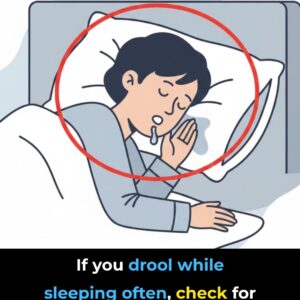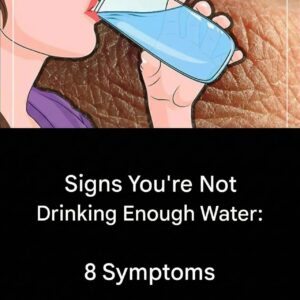Bulging veins can be harmless, often caused by aging, vigorous exercise, hot weather, tight clothing,
or genetics. But if they appear with pain, swelling, warmth, or skin discoloration, they may signal a medical issue.
A common cause is varicose veins, where faulty vein valves cause blood to pool, making veins swollen and twisted,
often in the legs. Risk factors include pregnancy, obesity, smoking, and prolonged sitting or standing. Left untreated,
varicose veins can lead to venous ulcers—painful sores near the ankles—or dangerous blood clots, such as deep vein
thrombosis (DVT). DVT can cause a potentially fatal pulmonary embolism if a clot travels to the lungs.
Early action is key. Initial management includes lifestyle changes: regular exercise, healthy weight, quitting smoking,
and avoiding tight clothing. Compression stockings improve circulation, while leg elevation reduces swelling. If symptoms persist, medical
options—such as injection therapy, laser treatment, or surgery—may be needed to restore vein health and prevent complications.
Most visible veins aren’t dangerous, but new or worsening symptoms require prompt attention. Monitoring your body,
getting medical advice early, and making consistent changes can protect circulation—and possibly save your life.




